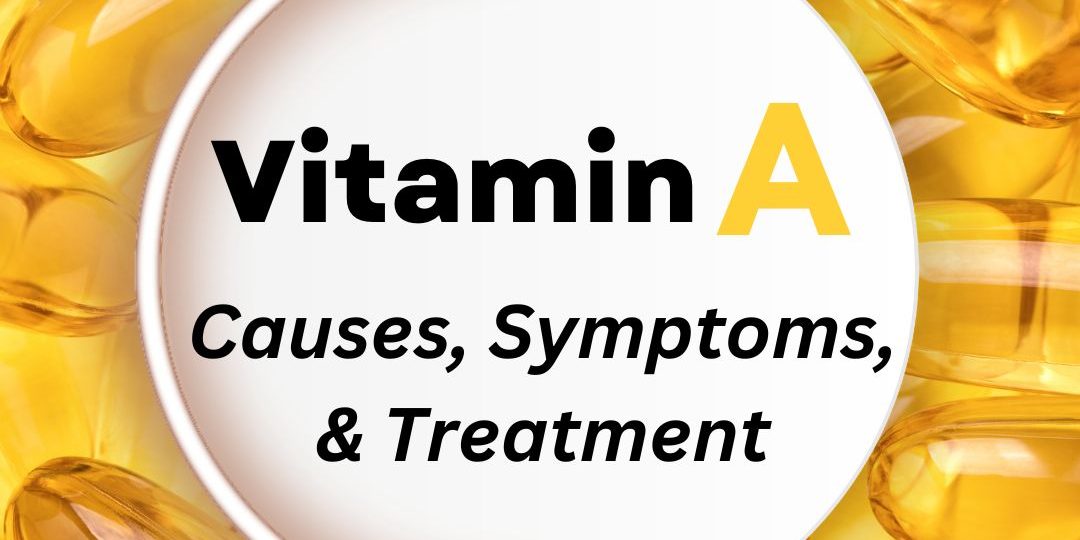Vitamin A
Vitamin A is an essential nutrient required by the body for various functions, including vision, immune function, growth and development, and cellular communication. Vitamin A deficiency (VAD) is a condition that occurs when the body does not get enough vitamin A. VAD is a significant public health concern, especially in developing countries, and can cause a range of health problems, including blindness, immune dysfunction, and even death.
Causes
The most common cause of VAD is inadequate intake of vitamin A in the diet. In some areas, where diets are primarily composed of rice or cassava, which are poor sources of vitamin A, VAD is more prevalent. Other factors that can cause or exacerbate VAD include malabsorption due to conditions like Crohn’s disease, cystic fibrosis, and celiac disease. Alcoholism, liver disease, and low-fat diets can also cause vitamin A deficiency.
Symptoms
The symptoms of VAD can vary depending on the severity and duration of the deficiency. Mild VAD can cause symptoms like dry skin, night blindness, and increased susceptibility to infections. As the deficiency worsens, more severe symptoms can develop, including corneal ulcers, xerophthalmia, and blindness. In children, VAD can cause stunted growth, delayed development, and increased susceptibility to infections.
Treatment
The most effective treatment for VAD is to increase vitamin A intake through dietary changes or supplements. In mild cases, increasing the consumption of vitamin A-rich foods like liver, eggs, and dark green leafy vegetables can be enough to reverse the deficiency. However, in more severe cases, supplements are often necessary.
Vitamin A supplements can be administered orally or by injection. The World Health Organization recommends that children with severe VAD receive high-dose vitamin A supplements to prevent blindness and other complications. In some cases, surgical interventions, such as corneal transplants, may be necessary to restore vision lost due to VAD.
Prevention
Preventing VAD involves increasing the consumption of vitamin A-rich foods in the diet. Animal-based sources of vitamin A, such as liver, fish, and dairy products, are the most bioavailable and are therefore the best sources of vitamin A. Plant-based sources of vitamin A, like dark green leafy vegetables and orange fruits and vegetables, can also be valuable sources of vitamin A.
In areas where VAD is prevalent, food fortification programs can be an effective way to prevent the condition. Fortification involves adding vitamin A to commonly consumed foods, such as rice or flour, to increase their nutritional content.
Conclusion
In conclusion, deficiency is a serious public health concern that can cause a range of health problems, including blindness, immune dysfunction, and even death. It is important to increase awareness about VAD and take steps to prevent it with the aid of Iris Eye Care, such as increasing the consumption of vitamin A-rich foods and implementing food fortification programs in areas where VAD is prevalent.







